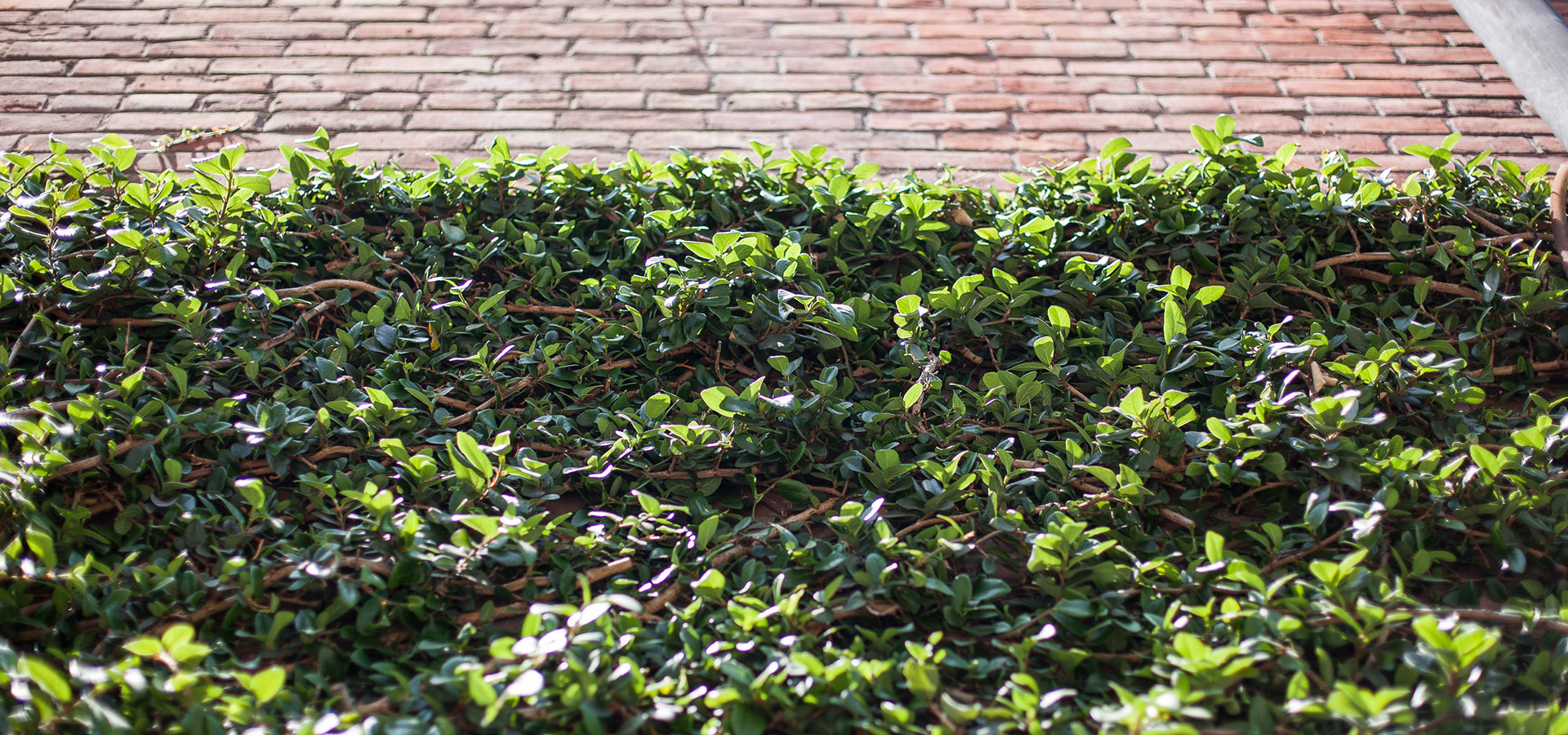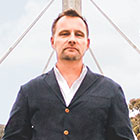
Lightbulb Moments
I recently picked up a copy of O The Oprah Magazine, sifted through, and came across a very inspirational article by Adrianna Davis titled “The Mushroom Men”. For the rest of the evening I found myself in wonderment of ‘The Mushroom Men’; two college students whose lightbulb moment quickly turned into a multi-million dollar, sustainable business.
Eben Bayer and Gavin McIntyre are two men who took their professor’s advice and pursued an idea that erupted from a class project. While devising an eco-friendly glue for a class on invention, Bayer remembered a certain white substance (mycelium—the root of a mushroom) that contains glue-like properties that he’d come in contact with as a child, and thought “Why not use mushroom roots as glue?”
Bayer’s college professor encouraged him and classmate, Gavin McIntyre to pursue the idea. In a short while the two were growing the wet, rubbery fungus in their college apartment. The classroom project quickly turned into a sustainable business model when the two men discovered that the mushroom glue was actually strong enough to bind together objects like cornhusks and rice. When baked with various farming by-products the glue becomes even stronger, producing a styrofoam-like substance. In 2007, Bayer and McIntyre co-founded Ecovative Design.
Evocative Design provides natural, sustainable, biodegradable alternatives to plastics and other products such as styrofoam. Utilizing materials that are environmentally friendly like mycelium and agricultural by-products that are100% biodegradable and renewable, Ecovative Design hopes to create a more sustainable future by eliminating harmful disposable plastics from the world.
Unlike other bio-plastics, their technology isn’t based on turning food or fuel crops into materials. Instead they use only inedible waste from farming crops to grow their products, which results in efficient biodegradable materials that have a variety of uses, are environmentally friendly, and affordable. This innovative bio-material has won a number of prestigious packaging awards, protecting products for some big name customers.
Currently, Ecovative Design is working with 3M to adopt the mycelium technology platform for new market opportunities and spaces. They have also partnered with Sealed Air to accelerate the adoption of EcoCradle packaging. The Pacific Marine Environmental Laboratory will use Ecovative’s EcoCradle mushroom material to protect the DART-ETD system during deployment when the buoy is dropped off the deck of a ship into the ocean. Testing conducted by NOAA has shown that EcoCradle can withstand prolonged exposure to tropical shipping conditions, short term direct exposure to rain, and sea spray (as experienced on the back deck of a ship), and then break down in both fresh and salt water in a period of less than 5 months, so as not to contribute to the ocean’s plastic gyres. Given NOAA’s needs, EcoCradle provides the perfect solution in a low-cost, moldable, 100% bio-based alternative to traditional petrochemical foams. In the future, Ecovative Design sees themselves as a primary source for science materials—adapting living systems to create useful materials and products that are beneficial to people and our planet.
Bayer and McIntyre’s story continues to intrigue and inspire me. People have light bulb moments every day but they generally don’t have the courage to act on them. The voice of reason and/or self-doubt creeps in, dims the light, and shatters the confidence that creativity needs to thrive. Those who ignore that voice and see through the dim light create ingenious ideas, and generate solutions that can continue to change the world.


Uncommon Person: Chad Hutson

Our Internal Learning & Impact at Bulldog Drummond

The One Decision by Employers in 2021 that Means Everything

What I Wish I Knew

Standing Up Inside

Uncommon Person: Gregg Imamoto

Five Things Every Company Should Know about ESG

Redefining Value

Uncommon Person: Chris Baréz-Brown

It’s Time For A Whole Lotta Common Good

Did You Choose Humanity?

Uncommon Partnership: Violux

Here’s How

Uncommon Person: Santhosh Nair

Designing Strategy For A Complex World

Responsibility & Relevance for Brands

